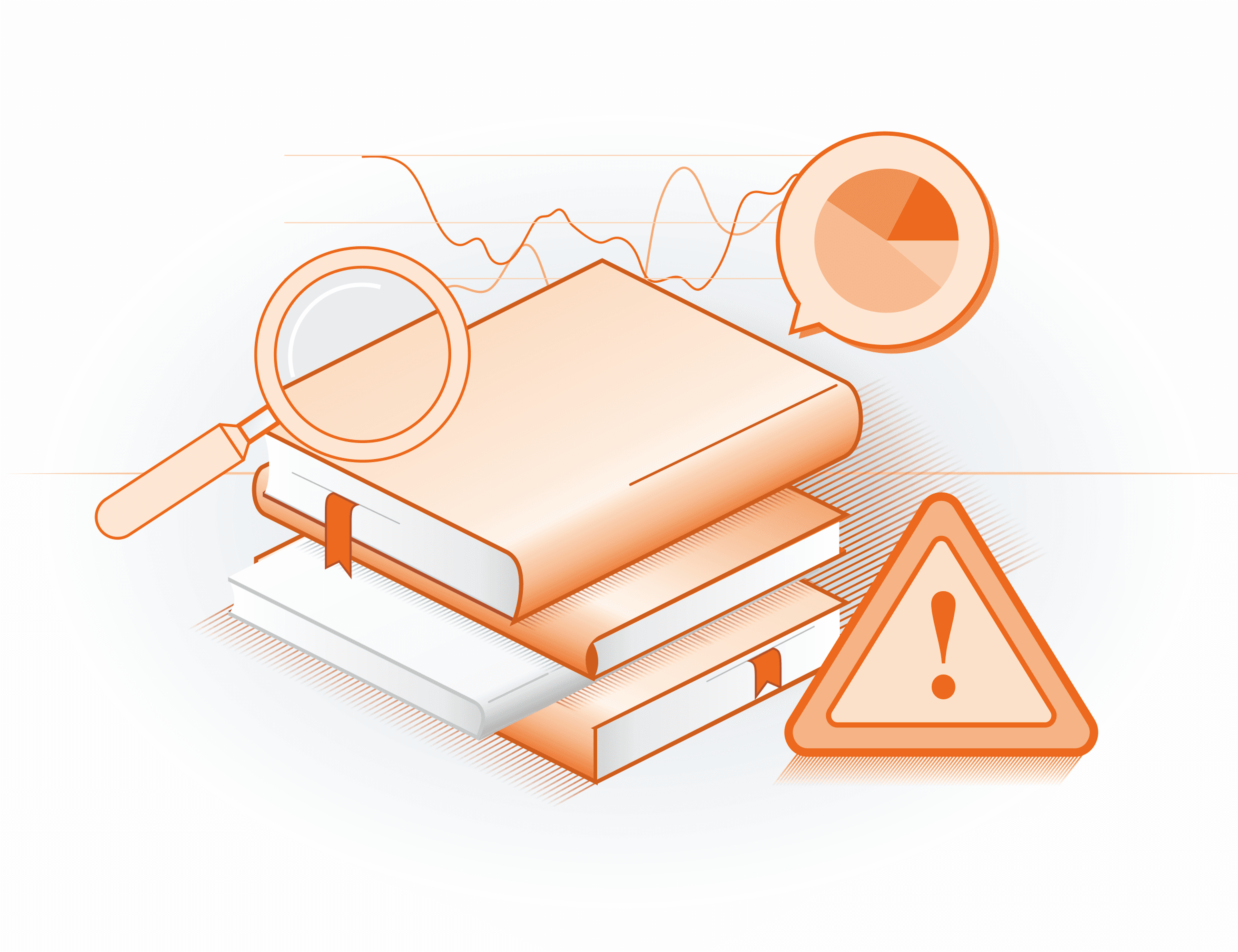1st Party Fraud


1st party fraud occurs when a legitimate customer misrepresents themselves to obtain credit, goods, or services without intending to repay. Unlike identity theft or third-party fraud, where a criminal impersonates someone else, in first-party fraud the perpetrator is the legitimate customer – using their own name, account, or identity documents.
Typical examples include exaggerating income on a loan application, disputing valid charges to trigger chargebacks, or taking out credit with no intent of repayment. For lenders and digital platforms, this type of fraud is especially difficult to detect because it originates from a real customer, often with seemingly legitimate credentials.
For banks, BNPL providers, microfinance organizations, and digital lenders, 1st party fraud represents a hidden but systemic risk. Industry studies show it can account for a significant percentage of credit losses, often masked as “bad debt” rather than fraud. This misclassification inflates non-performing loans and complicates accurate risk reporting.
With the rise of digital lending, real-time credit approvals, and e-commerce financing, opportunities for such abuse have grown. In BNPL, for example, consumers may intentionally overextend across multiple providers, knowing repayment is unlikely. In microfinance, overstated household income or misrepresented collateral can have cascading effects – not only on individual lenders but on broader financial inclusion efforts.
First-party fraud often starts with misrepresentation during onboarding or application:
Because these cases involve authentic identities and valid KYC documents, they slip past traditional fraud filters. Institutions often detect them only after default or dispute, making them costly and hard to remediate.
According to industry estimates, 1st party fraud is one of the leading types of fraud worldwide. Mastercard estimated that the annual cost of first party fraud is approximately $50 billion. It represented 36% of all reported fraud in 2024 – this figure will only continue to grow as more financial activity shifts online.
Traditional fraud detection systems often fall short because they rely on stolen identity signals. Preventing first-party fraud requires a multi-layered, intelligence-driven approach:
For institutions aiming to maintain growth while controlling fraud losses, the ability to distinguish credit risk from fraud risk is essential.
Get a live session with our specialist who will show how your business can detect fraud attempts in real time.
Learn how unique device fingerprints help you link returning users and separate real customers from fraudsters.
Get insights into the main fraud tactics targeting your market — and see how to block them.
Phone:+971 50 371 9151
Email:[email protected]
Our dedicated experts will reach out to you promptly